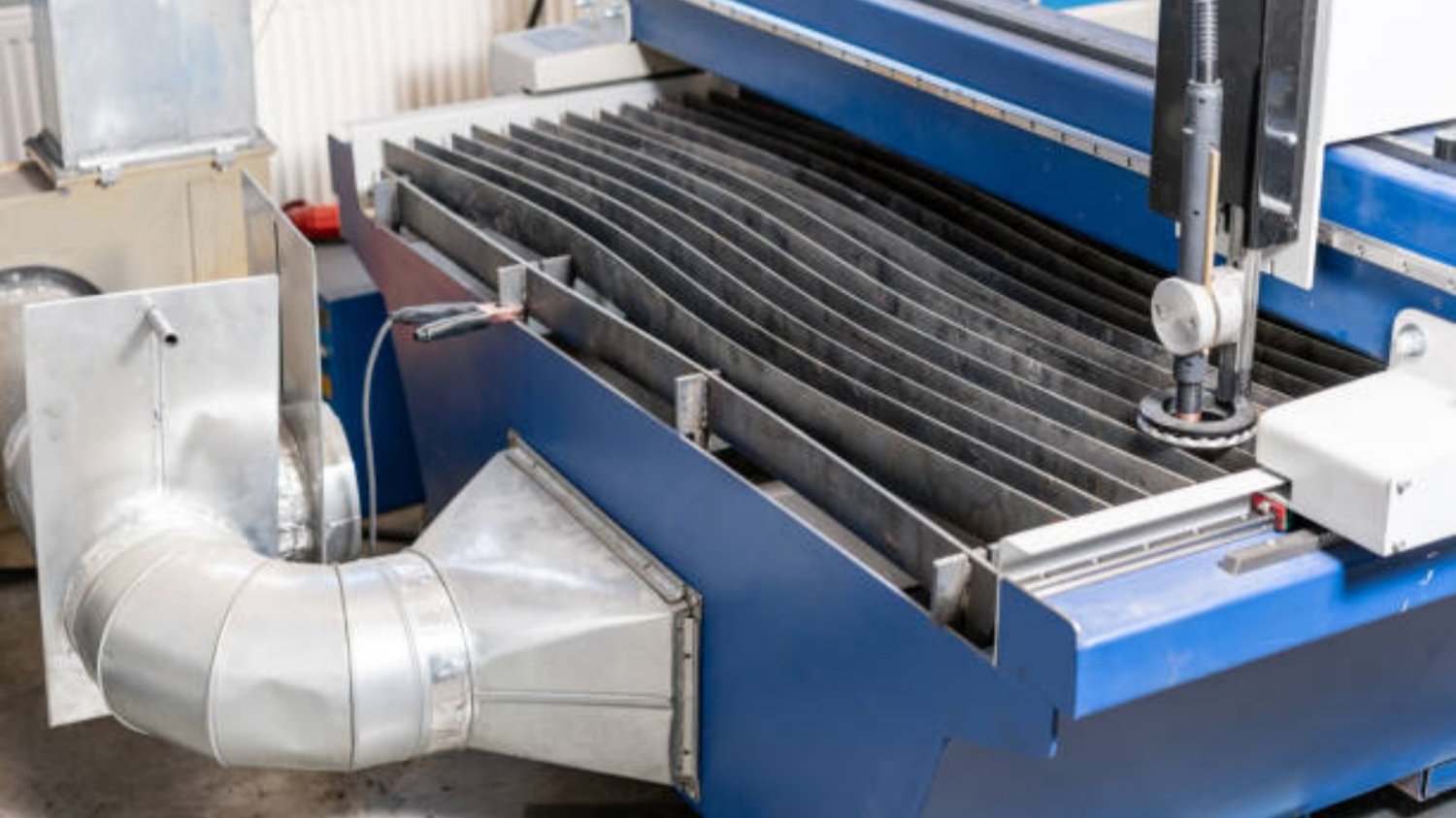The Basics of Coil Straightener
If you work with coiled metal or any type of material, you might have used a coil straightener before. This device is important equipment in many manufacturing industries where they have to straighten their coiled goods before processing or further manufacturing. The coil straightener is an automatic device that helps to straighten metal coils to make it usable for several manufacturing applications. In this article, we will discuss everything you need to know about coil straighteners, including how they work, their different types, and applications.
How Does a Coil Straightener Work?
A Coil straightener consists of a set of steel rollers that are designed to flatten your coiled metal. These rollers help to pull the metal material through the set of rollers, which in turn apply enough force to straighten the metal. Thus, the output of the coil straighteners can be a flat sheet metal that is now ready for further manufacturing processes. The rollers' gap size is adjustable based on the thickness of the metal, and manufacturers can set and adjust it to match their needs.
The Three Different Types of Coil Straightener
Some of the most common types of coil straighteners available include the roll straightener, the pad-type straightener, and the top and bottom straightener. The roll straightener is the most common type of coil straightener used by manufacturers. It is composed of multiple slow rotating rolls; the rolls straighten the metal as it is pulled through the machine. The pad-type straightener consists of flat, elongated steel pads that use an air pressure-filled pad to push against the metal to help straighten it. The top and bottom straightener is composed of two sets of rollers- one on top and one below. The two sets of rollers work in tandem to pull and straighten the metal.
Applications of Coil Straighteners
Coil straighteners play an essential role in many industry manufacturing processes, including the automotive industry, home appliances, shipping containers, aircraft, and machinery manufacturing. They are designed to straighten and feed a variety of metallic materials, including steel, aluminum, and copper.
Advantages of Coil Straighteners
Coil straighteners have several advantages that make them popular across various manufacturing sectors. Below are some of the benefits of using a coil straightener;
- Higher accuracy and precision: coil straighteners can straighten the material with greater precision by setting the gap height between the rolls
- The rollers' tension is adjustable, making it possible to straighten different thicknesses of material with minimal risk of damaging them.
- By straightening the material, the coil straightener can deliver a smoother finish for the material.
The Disadvantages of Coil Straighteners
Though coil straighteners offer a lot of benefits, they come with a few drawbacks that you need to watch for:
- The machines require frequent maintenance, including cleaning and lubrication, to operate efficiently.
- Cost- Coil straightener machines are relatively costly to purchase and maintain.
- If not operated by an experienced operator, Coil straighteners can cause safety problems in the workshop.
Frequently Asked Questions
Here some of the frequently asked questions on coil straightener;
What is a coil feeder?
A coil feeder is an equipment that feeds the material to be straightened into the coil straightener to be straightened.
What are the factors to consider when selecting a coil straightener?
There are several factors that you should consider when selecting a coil straightener, including production capabilities, budget, material to be straightened, and the machine's power capacity.
What are the critical maintenance requirements for Coil straighteners?
The typical maintenance requirements for coil straighteners include regular cleaning and lubrication of the rollers to prevent clogging and wear and tear on the machine.
Conclusion
At this point, you should have understood what a coil straightener is, how it works, and its different types. You should also be aware of the various applications of a coil straightener and its advantages. Though the machine has a few drawbacks, the benefits of using a coil straightener outweigh the disadvantages, especially in industries where straightening metals is critical in manufacturing operations.

